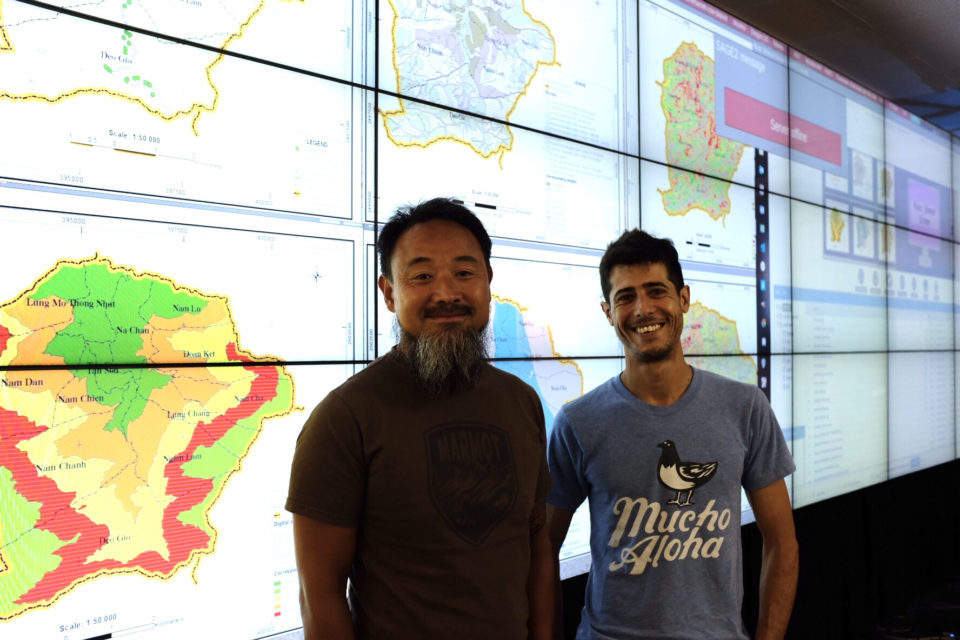If Mark Kimura succeeds, the arduous — and at times dangerous — legwork needed to assess damaged utility lines after a disaster soon will be a thing of the past.
Instead of people, drones will survey the damage. More important, Kimura is training a computer to make sense of the drone footage and evaluate the problems, to tell the difference between, say, a fallen power pole and a fallen tree.
It’s a deceptively complex task, given the myriad types of utility poles and many ways a pole can be damaged, says Kimura, a senior data scientist with the Honolulu research and development firm Oceanit.
The human brain can understand such things easily, intuitively; even if people have never encountered a particular type of utility pole, they usually can infer the object is a utility pole by drawing on the complex data stored in the brain, Kimura says. The same goes with knowing whether a pole is damaged.
“Now, the computers are able to do this stuff,” says Kimura, whose work is being funded by a grant from the U.S. Department of Energy.
The problem for organizations in Hawaii…to read the full article please go to Civil Beat.

Comments ( 0 )